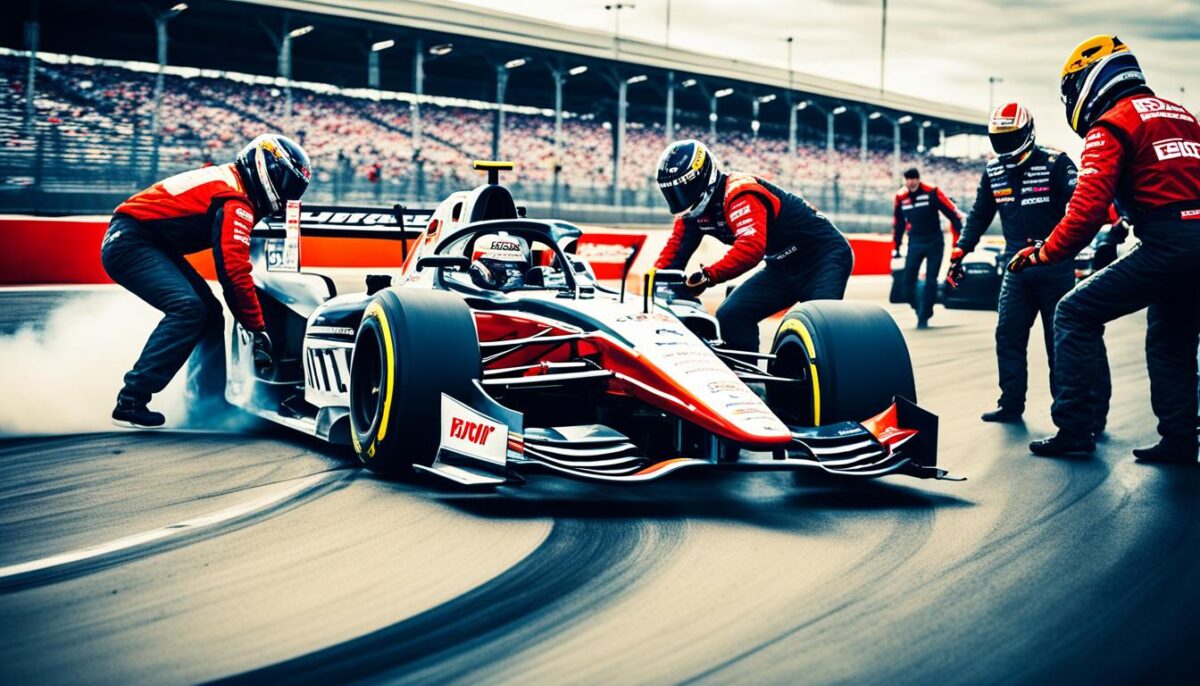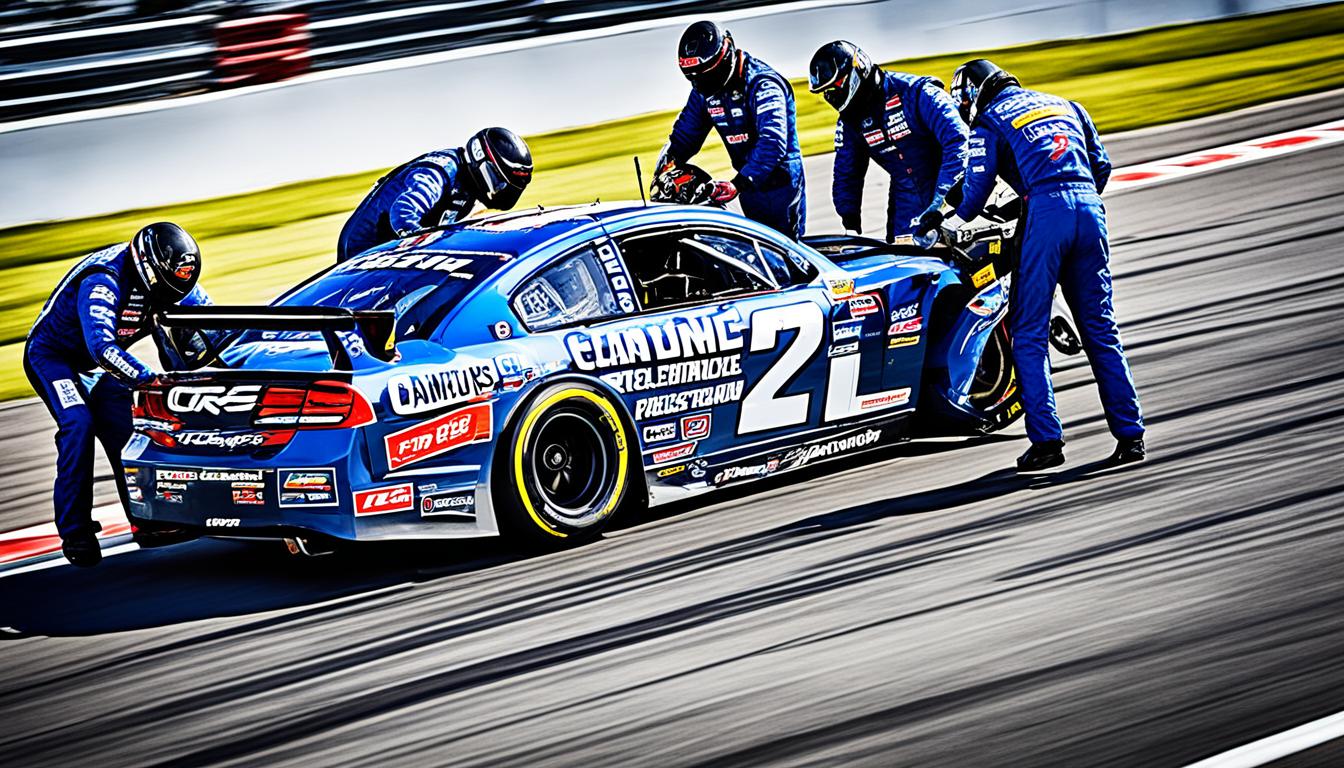As enthusiasts of formula racing, we understand that a pit stop is more than just a routine pause; it’s a crucial moment where strategy, skill, and precision converge. Adrian Fernandez is a master of pit stop strategies, showcasing how these brief intervals can influence the overall outcome of a race. Through our exploration, we’ll discover how his methodologies have set him apart, turning these pit stops into pivotal turning points that can determine victory.
In studying Adrian Fernandez’s approach, we uncover the importance of effective teamwork, seamless communication, and meticulous preparation. As noted in “Race Strategy Insights” from Motorsport Magazine, these factors are essential for enhancing team performance during these critical moments. The Science of Pit Stops on the Formula One Official Website echoes similar sentiments, emphasizing how every second counts. Let’s delve into the artistry of pit stops as perfected by Fernandez, transforming routine tasks into strategic advantages.
Understanding the Importance of a Pit Stop
The significance of pit stops in auto racing cannot be overstated. Our understanding of their critical role has evolved alongside the sport itself, specially through racing history. Initially, pit stops focused primarily on basic tasks such as tire changes and refueling. As we explored the development of race strategy, we discovered that these quick yet vital moments have transformed into complex operations capable of influencing race outcomes drastically.
Historical Context of Pit Stops in Racing
The evolution of pit stops reflects the broader changes within motor racing. In the early days, stops were simple affairs with uncoordinated teams that relied on basic tools and manual labor. As the sport grew, so did the sophistication of pit stop techniques. Key developments included the introduction of specialized equipment and the need for teamwork, which improved efficiency. This advancement showcases the importance of pit stops as teams began to realize that every second spent in the pit could make or break their chances of victory.
How Pit Stops Impact Overall Race Strategy
Today, race strategy revolves significantly around effective pit stop management. Teams strategize to optimize these stops, making them vital elements in securing competitive advantages. Every decision, from tire choice to the timing of the stop, reflects an understanding of pit stop evolution and its influence on race dynamics. We find that teams that master the timing and execution of these stops often position themselves more favorably, allowing for momentum shifts that can alter the entire course of a race.

| Era | Primary Focus | Advancements |
|---|---|---|
| Early Racing | Tire changes, Refueling | Basic tools, Uncoordinated efforts |
| Mid-20th Century | Team coordination | Introduction of specialized equipment |
| Modern Era | Race strategy, Timing | Complex operations, Real-time data analysis |
Pit Stop Strategies that Set Adrian Fernandez Apart
When we think about what gives Adrian Fernandez an edge in competitive racing, it’s clear that his unique pit stop strategies play a pivotal role. These techniques are crafted not just for efficiency but also to optimize the entire racing experience. One of the key factors in his approach is the optimal timing for pit stops, allowing the team to capitalize on moments when rival drivers might be in transition themselves. Alongside this, tire selection becomes crucial, as different conditions on the track can require very specific tires that offer the best performance.
Key Techniques Used by Adrian Fernandez
Another standout aspect of Fernandez’s racing techniques is the emphasis on quick and clear communication protocols among the pit crew. This ensures that every team member is on the same page, promoting a fluid execution during the high-pressure moments of a race. The synchronization that results from these well-established procedures leads to smoother and faster transitions, which can mean the difference between a podium finish and a loss. The integration of these Adrian Fernandez strategies into racing setups creates a competitive edge.
Analyzing the Success of Fernandez’s Approach
Data gathered from multiple race outcomes illustrates the consistent success of Fernandez’s pit stop methodology. His ability to strategically time his visits to the pit, combined with the high-stakes communication of the team, often puts him ahead of competitors. This pit stop analysis shows us that implementing these tactics can be a game-changer for any racing team. By adopting similar principles, we can improve our own performance and stand out in the world of competitive racing.

